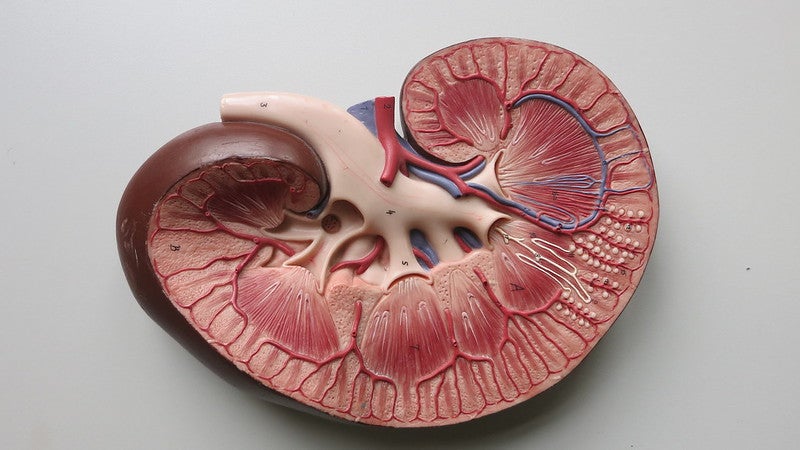
Ardelyx has reported positive top-line data from Phase III PHREEDOM clinical trial of tenapanor to treat hyperphosphatemia in chronic kidney disease (CKD) patients on dialysis.
Hyperphosphatemia develops due to a high blood level of phosphorus. Tenapanor works by inhibiting sodium hydrogen exchanger 3 (NHE3) in the gut to reduce the paracellular uptake of phosphate.
PHREEDOM assessed the safety and efficacy of the drug as a monotherapy in 564 patients. The trial included a 26-week treatment period, a 12-week randomised withdrawal period and a 14-week open-label safety extension period.
The primary efficacy endpoint was the change in serum phosphorus from the end of the treatment period to the endpoint visit of the withdrawal period in the efficacy analysis set.
PHREEDOM met the primary endpoint with a statistically significant difference in the least square (LS) mean serum phosphorus change compared to placebo.
During the treatment period, 77% of patients in the intent-to-treat population experienced a reduction in serum phosphorus with tenapanor.

US Tariffs are shifting - will you react or anticipate?
Don’t let policy changes catch you off guard. Stay proactive with real-time data and expert analysis.
By GlobalDataThe drug was generally well-tolerated. However, 52.5% of patients on tenapanor had diarrhoea as the most common adverse event and 16% of these subjects had to discontinue treatment during the initial period.
In the withdrawal period, 0.8% of patients on the drug discontinued because of diarrhoea.
Ardelyx president and CEO Mike Raab said: “Based on the PHREEDOM data that demonstrate tenapanor as an effective monotherapy, and the previously released AMPLIFY data that demonstrate the benefits of a dual mechanism approach with tenapanor plus binders in those who require more aggressive phosphate management, it is clear that tenapanor has a role to play in the management of all dialysis patients with hyperphosphatemia.”
If approved, the drug is expected to be the first non-binder therapy to regulate serum phosphorus in CKD patients on dialysis.



